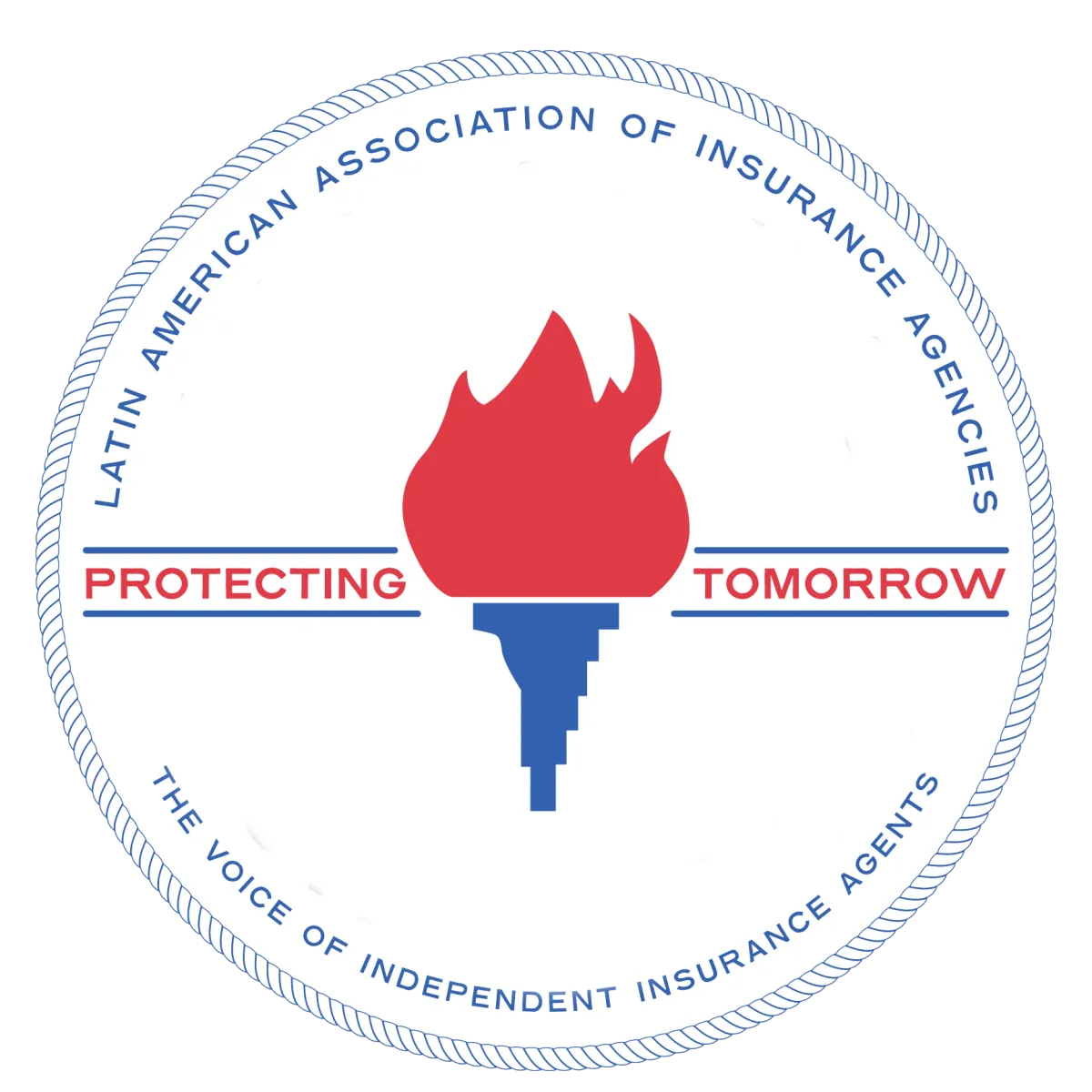
Navigating High-Risk Insurance: Understanding the Difference Between FR44 and SR22
The Basics of FR44 and SR22 Insurance
When it comes to high-risk auto insurance, two terms often surface: FR44 and SR22. These are not your typical insurance policies but are rather certificates of financial responsibility required by the court or state after certain types of driving infractions. Understanding the distinction between these two can significantly impact how you handle your driving future.
The FR44 certification is predominantly mandated in states like Florida and Virginia and is usually required after severe offenses such as DUI convictions. This form of certification demands that the driver carries a higher amount of liability coverage compared to what is usually required. This is reflective of the increased risk associated with drivers who have been convicted of serious offenses.
On the other hand, SR22 insurance is generally required for a broader range of driving offenses. These can include reckless driving, driving without insurance, or accumulating too many points on your driving record. Unlike FR44, SR22 does not necessarily require increased insurance coverage limits but it does mandate that the driver maintains insurance over a specified period as proof of continuing financial responsibility.
Impact on Driving Records and Insurance Rates
Having either an FR44 or an SR22 certification can have a profound impact on your driving record and by extension, your insurance rates. For those required to hold an FR44 certification, it indicates a history of severe driving offenses. This record can drastically increase your insurance premiums as insurers view you as a high-risk driver. Moreover, the options available for coverage can often be limited due to the nature of the offenses.
Conversely, while an SR22 also affects your insurance rates, the impact might be less severe compared to FR44. This is because the range of offenses leading to an SR22 requirement is broader and not necessarily indicative of extremely reckless behavior. However, both certifications require that you keep your insurance policy active without lapses, which can be a challenge if you're facing higher premiums.
Navigating Post-Conviction Insurance
Understanding the implications of FR44 and SR22 on your insurance options post-conviction is vital. For those with an FR44 certification, maintaining a clean driving record post-conviction is essential. Over time, demonstrating responsible driving behavior can help mitigate some of the negative impacts on your insurance rates.
Similarly, for drivers with an SR22 requirement, it's crucial to adhere strictly to the terms set by the insurance policy. Any lapses in coverage can lead to further legal and financial consequences. Insurance companies often provide specific programs or guidance for drivers needing SR22 or FR44, which can help manage the situation and eventually work towards normalizing your insurance rates and coverage options.
Regaining Control: Strategies for Affected Drivers
Whether you are dealing with an FR44 or an SR22 requirement, there are strategies that can help you regain control over your driving privileges and insurance costs. First and foremost, adhere to all legal requirements and maintain continuous insurance coverage. Secondly, explore all available insurance options. There are insurers who specialize in high-risk coverage and might offer competitive rates for drivers needing FR44 or SR22 certifications.
Lastly, consider taking a defensive driving course. Not only can this potentially lower your insurance premiums, but it also demonstrates to insurers and authorities your commitment to safe driving practices. Over time, these efforts can help improve your driving record and reduce the financial burdens associated with high-risk insurance requirements.
Frequently Asked Questions
What is the main difference between FR44 and SR22 insurance?
The main difference lies in the requirements and the nature of the offenses they cover. FR44 is typically required for more severe offenses like DUIs and demands higher liability coverage, whereas SR22 covers a broader range of infractions with standard liability limits.
Can FR44 and SR22 affect my long-term driving record?
Yes, both FR44 and SR22 can have long-term effects on your driving record. FR44, associated with severe offenses, can significantly impact your insurance rates and coverage options. SR22, while also impactful, might have a slightly less severe effect depending on the nature of the offenses.
How can I manage high insurance rates with FR44 or SR22?
Managing high insurance rates involves maintaining a clean driving record, exploring all insurance options, and adhering to legal requirements. Engaging in defensive driving courses and seeking insurers specializing in high-risk coverage can also help.
What steps should I take if I no longer need FR44 or SR22 coverage?
Once you no longer need FR44 or SR22 coverage, ensure all legal timelines are met, and consult with your insurance provider about transitioning to a standard policy. Maintaining a clean driving record post-requirement is crucial for reducing future insurance costs.






Facebook
Instagram
LinkedIn